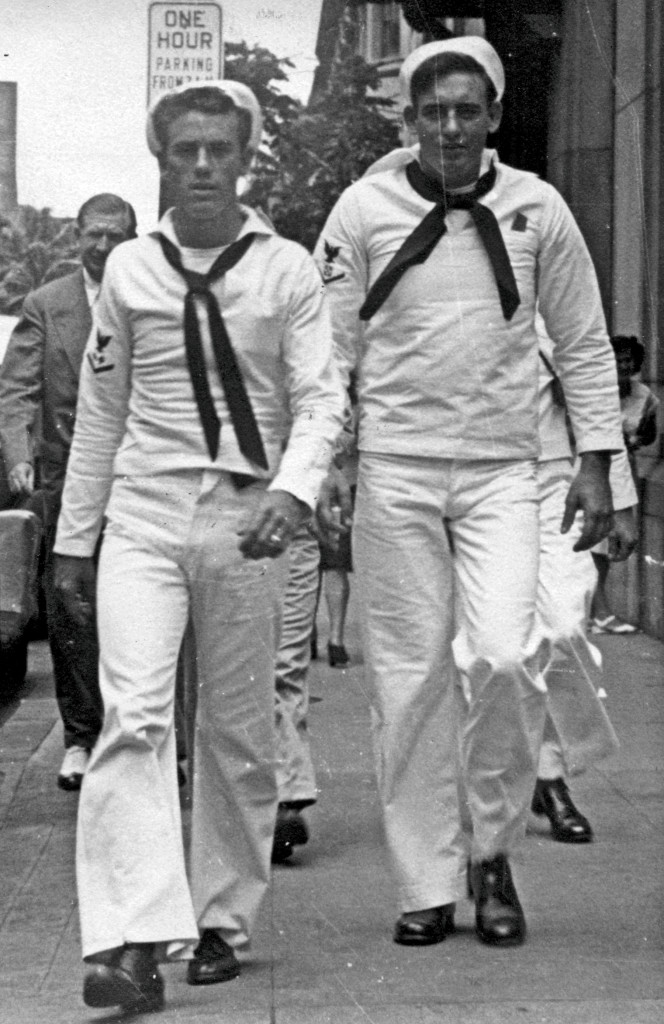The Sundance Channel will air a documentary film tonight (7pm) titled Original Child Bomb that features portions of footage shot by U.S. military crews and Japanese newsreel teams, in the weeks following the atomic attacks on Japan almost 60 years ago. The public did not see any of the newsreel footage for 25 years, and the U.S. military film remained hidden for nearly four decades. I’ve got the Tivo set to record.
Anyone who grew up in Kennett, Missouri, in the 50’s has memories of B-52 bombers roaring overhead on their landing approach to the Strategic Air Command (SAC) base at Blytheville, Arkansas (about 30 miles away?). They were undoubtedly hundreds of feet up but it felt like you could throw a rock and hit them. Even as children, we knew they carried The Bomb. As we got a little older, we came to understand that a Russian ICBM was almost certainly targeted for our little corner of the world. But we certainly had no understanding of what it would mean to get “nuked.”
The atomic bombing of Japan probably avoided an invasion that would have cost countless lives. I seem to recall my dad (in the Navy, in the Pacific Theater) telling me he might have been part of that. So, I’m glad we ended it when we did, the way we did. Shit, I might never have been born if pop had bought the farm invading Japan.
But that was then and this is now. And George Bush has his finger on The Button. Is there anyone I trust less? Maybe.


 That’s the question Bill Moyers attempts to answer in “
That’s the question Bill Moyers attempts to answer in “